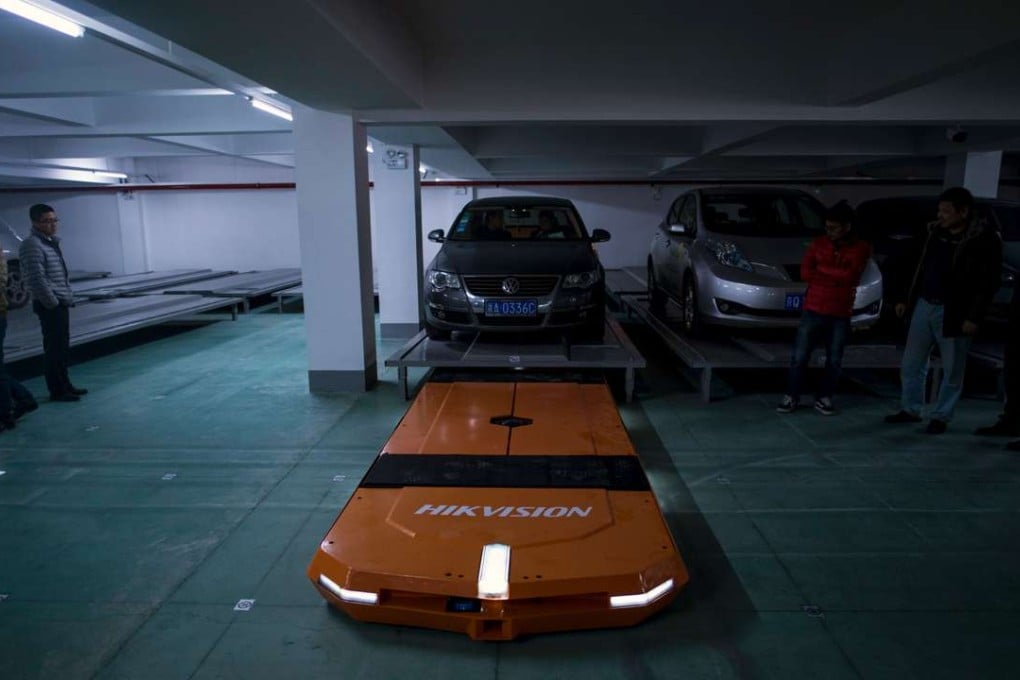China badly needs robots to protect its economy from a shrinking labour force, report reveals

Robotics, artificial intelligence and machine learning can help offset China’s productivity decline caused by the shrinking labour force, according to a research report published on Friday.
But the country will face challenges in preparing a large number of workers for the incoming automation age, according to research by McKinsey Global Institute.
Without productivity improvements, China will be short 600 million full-time workers to maintain projected GDP growth rates. But early adoption of automation could lessen the gap by about 100 million, the research suggests. Its projection puts China’s compound annual GDP per capita growth rate at 4.9 per cent.
The ageing population has exacerbated bearish sentiment about the world’s second-largest economy after its working age population fell for the first time in 2012.
The government estimated those aged between 16 and 59 would decline 23 per cent to about 700 million by 2050.

